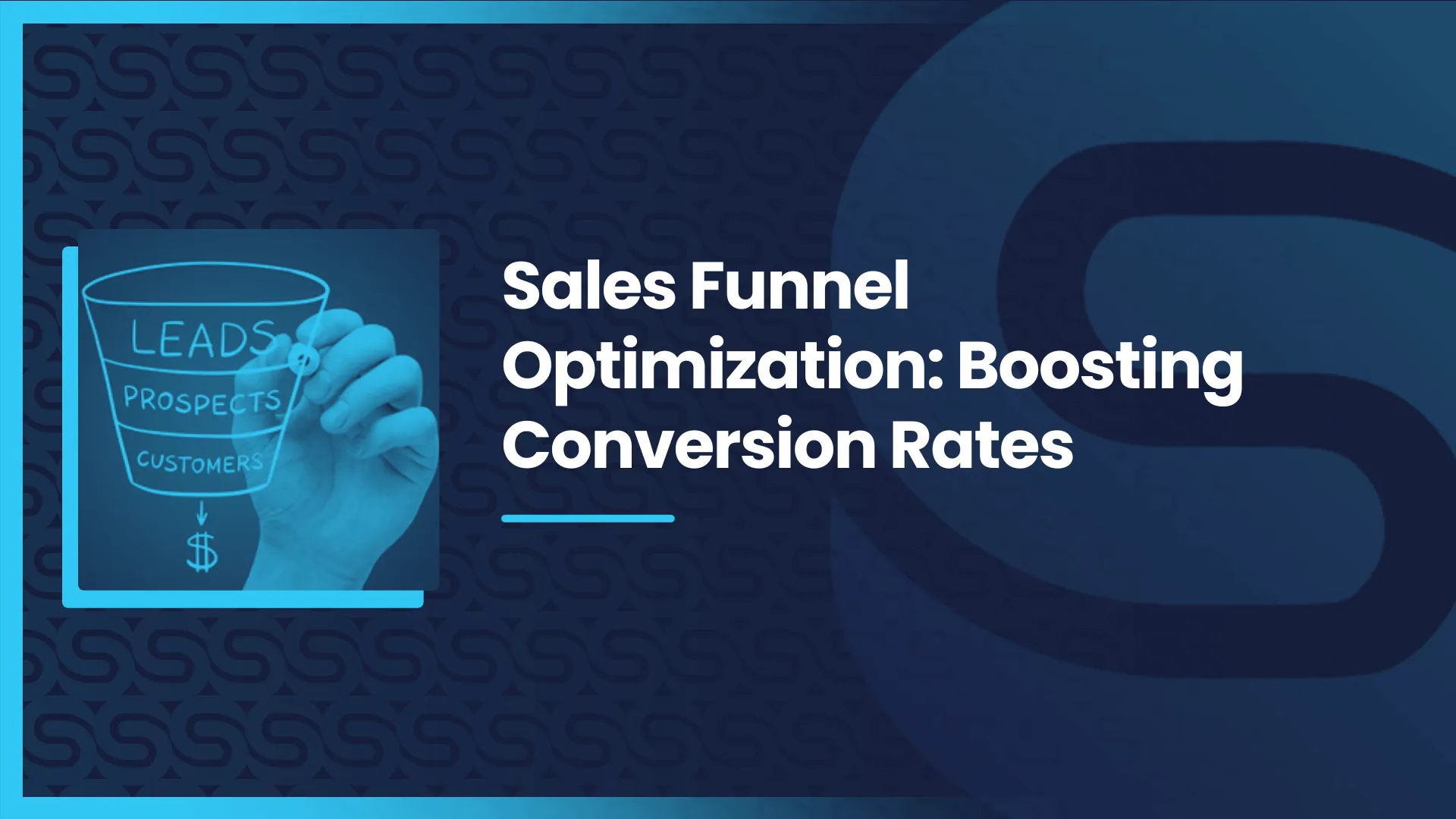In the competitive landscape of biopharmaceuticals, optimizing the sales funnel is crucial for success. The biopharma sales process involves navigating complex regulatory environments, addressing diverse stakeholder needs, and overcoming scientific and economic hurdles. Therefore, streamlining the sales funnel is not merely about increasing efficiency but also about ensuring that every stage—from lead generation to conversion—is maximized for effectiveness.
Understanding the Biopharma Sales Funnel
The biopharma sales funnel represents the journey that potential customers take from initial awareness to becoming loyal clients. Unlike traditional sales funnels, biopharma sales funnels are characterized by longer cycles, stringent regulatory oversight, and the need for deep scientific understanding. Key stages typically include:
- Lead Generation: Identifying potential customers through targeted marketing, conferences, and referrals.
- Lead Qualification: Assessing leads based on criteria such as scientific fit, budget, and decision-making authority.
- Engagement: Educating leads about the product’s scientific benefits and addressing their concerns.
- Evaluation: Prospective customers evaluate the product against competitors and internal needs.
- Conversion: Closing the sale and securing a commitment to purchase.
- Retention and Upsell: Maintaining customer relationships and expanding product adoption.
Optimizing each stage of this funnel requires strategic planning, data-driven insights, and a deep understanding of both the scientific and business aspects of biopharmaceuticals.
Techniques for Biopharma Sales Funnel Optimization
Techniques for Biopharma Sales Funnel Optimization involve leveraging digital marketing strategies tailored to the healthcare sector’s regulatory landscape. Additionally, integrating feedback loops from healthcare providers can enhance product positioning and market responsiveness, ensuring a streamlined conversion process from lead to customer.
1. Data-Driven Lead Generation
Effective lead generation in biopharma requires a blend of traditional and digital strategies:
- Targeted Marketing Campaigns: Use data analytics to identify healthcare providers, researchers, and decision-makers who are likely to benefit from your product.
- Content Marketing: Develop educational content that addresses scientific challenges and showcases your expertise.
- Partnerships and Referrals: Collaborate with KOLs (Key Opinion Leaders) and industry influencers to gain credibility and reach.
2. Advanced Lead Qualification
Qualifying leads in biopharma involves more than just budget considerations. It requires:
- Scientific Fit Assessment: Evaluate how well the lead’s research interests align with your product’s capabilities.
- Regulatory Understanding: Assess the lead’s familiarity with regulatory pathways and their potential influence on adoption.
- Budget and Decision-Making Authority: Confirm that the lead has the budget and authority to make purchasing decisions.
3. Engagement Strategies
Engaging leads effectively requires personalized communication and scientific expertise:
- Educational Webinars and Workshops: Provide opportunities for leads to learn about your product’s scientific benefits.
- Scientific Presentations: Tailor presentations to address specific concerns and highlight clinical data.
- Virtual Engagement: Utilize digital platforms for remote engagements, especially in a global market.
4. Enhanced Evaluation Processes
To accelerate the evaluation stage:
- Clinical Data Transparency: Provide easy access to comprehensive clinical trial data and case studies.
- Comparative Analysis: Offer comparisons with competitors based on efficacy, safety, and economic outcomes.
- Peer-to-Peer Reviews: Facilitate interactions between leads and existing customers to share experiences.
5. Effective Conversion Strategies
Closing sales in biopharma often hinges on regulatory approvals and scientific validation:
- Regulatory Support: Offer assistance with regulatory submissions and compliance requirements.
- Trial Programs: Provide access to limited trial periods or samples for evaluation.
- Value-Based Propositions: Highlight long-term cost savings and patient benefits.
6. Retention and Upselling Tactics
Securing long-term relationships involves:
- Customer Support: Offer ongoing scientific and technical support post-purchase.
- Continuing Education: Provide updates on new research findings and product enhancements.
- Expansion Opportunities: Identify additional uses or indications for your product.
Implementing Biopharma Sales Funnel Optimization
Implementing Biopharma Sales Funnel Optimization requires seamless integration of CRM platforms with regulatory compliance protocols to ensure data security and adherence to industry standards. Furthermore, conducting regular audits and performance evaluations can identify bottlenecks and opportunities for refinement, optimizing the sales funnel for sustained growth and market competitiveness.
Step 1: Analyze Current Funnel Performance
- Metrics: Measure conversion rates, lead quality, and sales cycle length.
- Feedback: Gather insights from sales teams, KOLs, and customers on pain points and improvement opportunities.
Step 2: Develop a Customized Strategy
- Segmentation: Tailor strategies for different customer segments based on scientific needs and purchasing behaviors.
- Integration: Align marketing, sales, and scientific teams to ensure cohesive messaging and support.
Step 3: Leverage Technology and Analytics
- CRM Systems: Utilize Customer Relationship Management systems to track interactions and manage relationships.
- Predictive Analytics: Forecast sales trends and identify potential bottlenecks in the funnel.
Step 4: Continuous Improvement
- Iterative Testing: Experiment with different tactics and measure their impact on funnel performance.
- Adaptability: Stay informed about regulatory changes and scientific advancements that may affect sales strategies.
Conclusion
Optimizing the biopharma sales funnel requires a nuanced approach that blends scientific understanding with strategic sales tactics. By focusing on lead quality, personalized engagement, and continuous improvement, biopharmaceutical companies can enhance their competitive edge and drive sustainable growth in a complex and evolving market.
In summary, mastering the biopharma sales funnel optimization involves integrating data-driven insights, leveraging advanced engagement strategies, and maintaining a customer-centric approach throughout the sales cycle. By doing so, companies can not only accelerate sales cycles but also establish lasting relationships with healthcare providers and researchers worldwide.
Stay in touch to get more updates & news on Essential Tribune!








